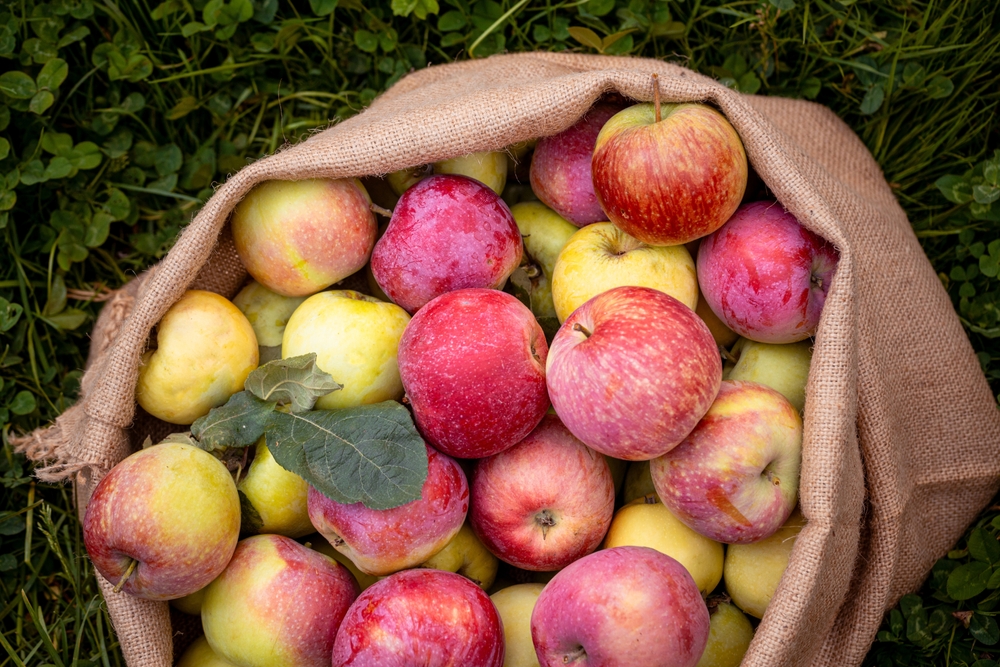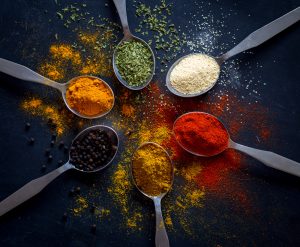Should You Eat The Apple Core? Nutritionist Explains Why This Part Is Particularly Important For Your Health
Does an apple a day really keep the doctor away? There’s no denying that as one of the most readily available fruits in the UK, a crisp apple is a delicious sweet treat, and nutritious snack.
Apples are also incredibly versatile, making a great addition to sweet, fruity pies and savoury, hearty casserole dishes. While typically recipes will require just the apple segments, registered nutritionist and chef, Lily Keeling, from recipe box delivery service Green Chef, suggests you might be missing out on some key nutrition if you avoid eating the core.
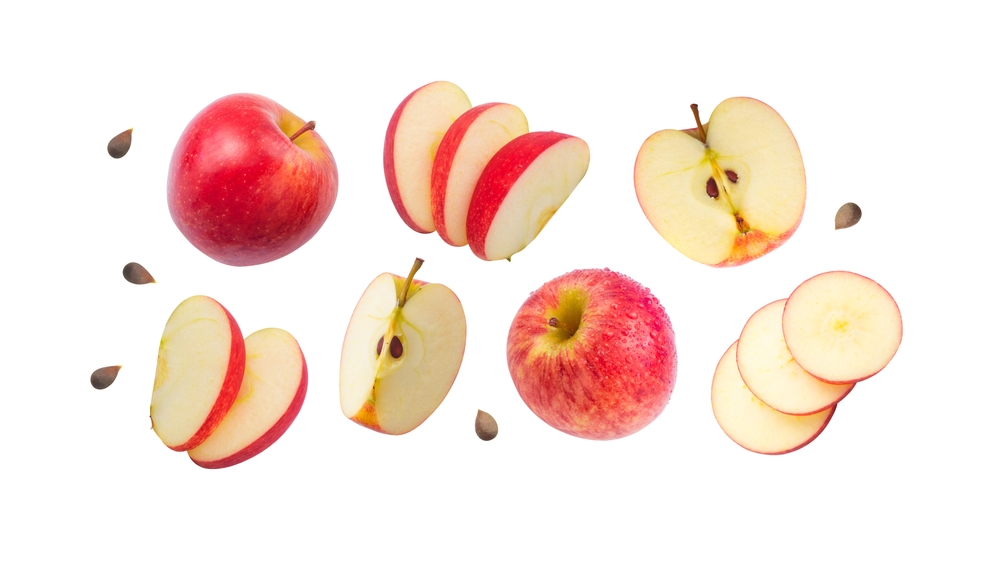
Lily comments,
“Next time you’re eating an apple, don’t discard the apple core! This inner section of the apple is rich in nutrients and healthy gut bacteria. Consuming this will help support your overall gut health.
“If you’re worried about the apple seeds, it’s true that these contain a small amount of cyanide, which is toxic. However, according to research, you would need to consume between 150 to several thousand crushed seeds, in order to be at risk. But to err on the side of caution, you can cut up the fruit and pick the seeds out.
“And when it comes to the age-old myth, no, an apple seed won’t grow if you swallow one by accident. Plants need water and light to grow, neither of which can be found in your stomach.”
What other fruit parts should you eat?
Lily highlights which other fruit and vegetable parts you should consider eating.
Kiwi skin
Whether the kiwi skin is designed to be eaten or not is widely disputed, however, there’s no argument that the skin itself holds nutritional value.
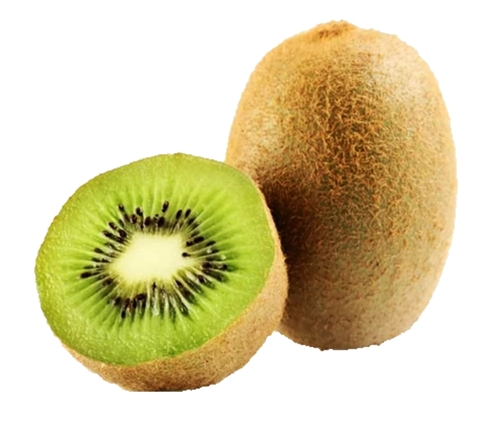
The skin in particular has a higher concentration of antioxidants and is high in vitamin E, which is vital for maintaining healthy skin (yours, not the kiwis). They’re also rich in fibre, and help to support a healthy digestive system.
Banana peel
By eating the banana peel, not only will you cut down on your wastage, but you’ll also consume several key nutrients, such as antioxidants, fibre and potassium.
If you can’t stomach the thought of eating a banana peel, Lily advises the best way to prepare it first.
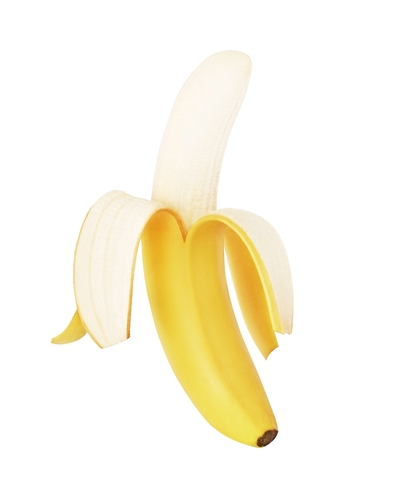
“If you’re making a delicious fruity smoothie, simply add the banana peel to your blender and mix until smooth. You won’t notice the texture, and the taste will blend in with the other juicy fruit.
“You could even try boiling the banana peel and adding it to a number of dishes, including curries. Banana peels have been eaten in Asian and Indian cultures for many decades for their added nutritional value.”
However, when choosing to eat the peel or skin of any fruit, Lily recommends thoroughly washing before consuming. It’s common for fruit to be sprayed with pesticides. While the amount of pesticides still present on fruit when you eat it will be very small, it’s best to make sure it has been washed beforehand.
Pineapple core
Though the pineapple core is typically discarded for its tougher texture and slightly more bitter taste, this part of the fruit holds extra nutrients that shouldn’t be overlooked.
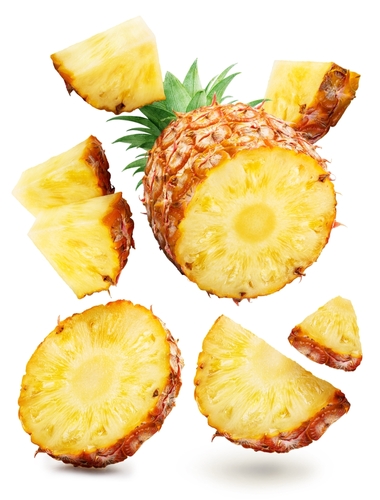
The pineapple core boasts additional fibre, and vitamin C, which are both vital in maintaining overall wellbeing. Lily suggests one of the best healthy meal prep ideas to incorporate the pineapple core in is a fruity breakfast oats recipe. She recommends boiling the core first to soften the fruit and finely chopping over your oats, along with other sweet fruits to blend the flavour.

